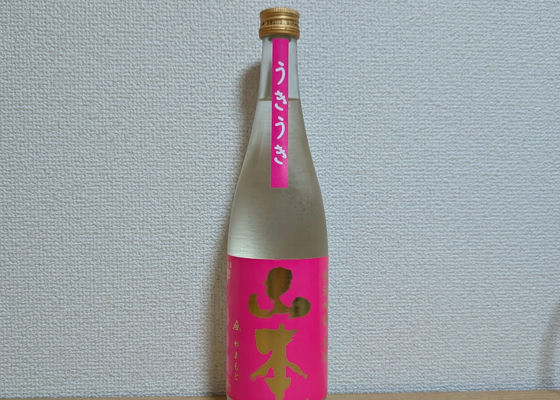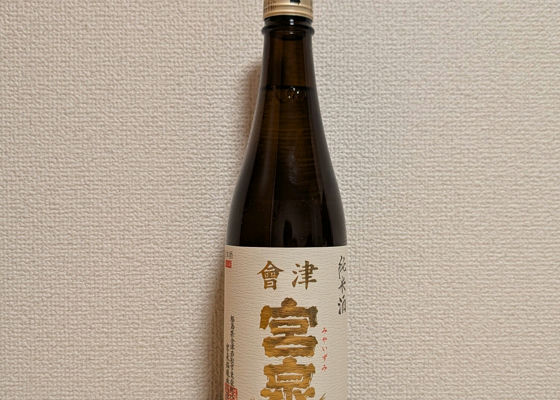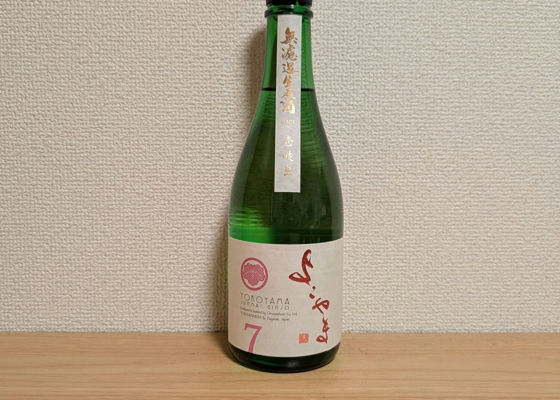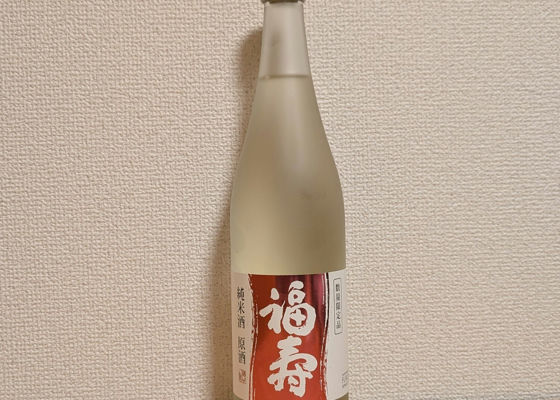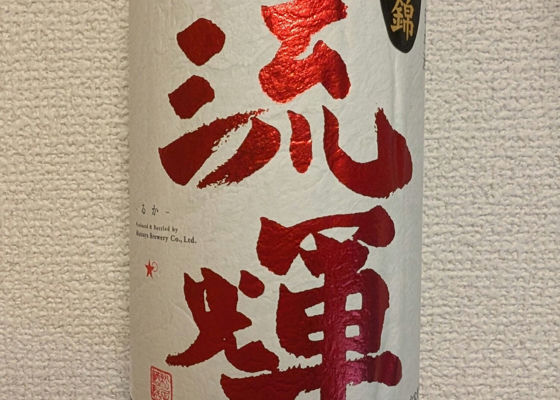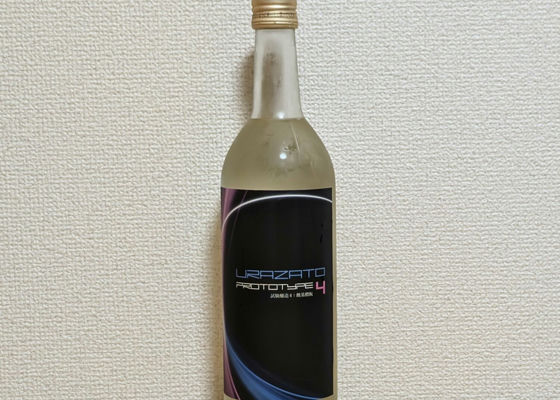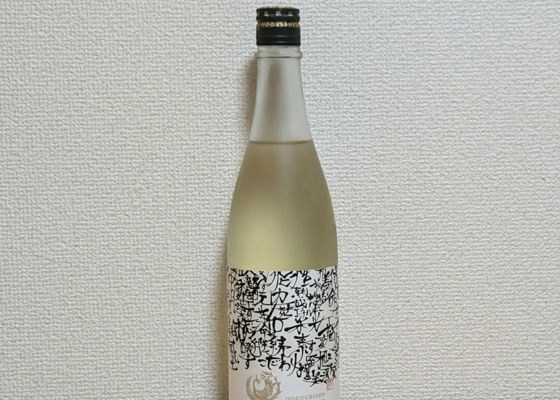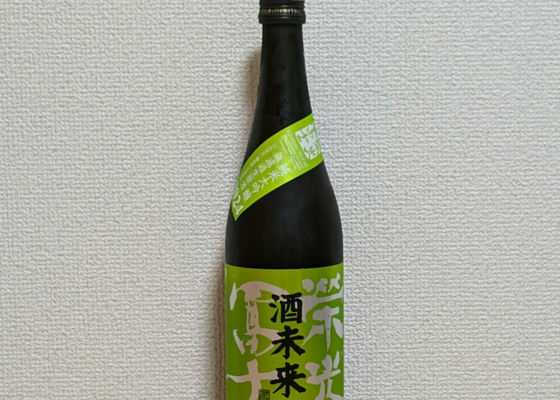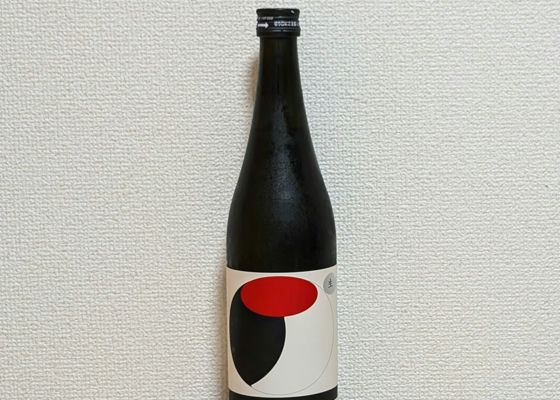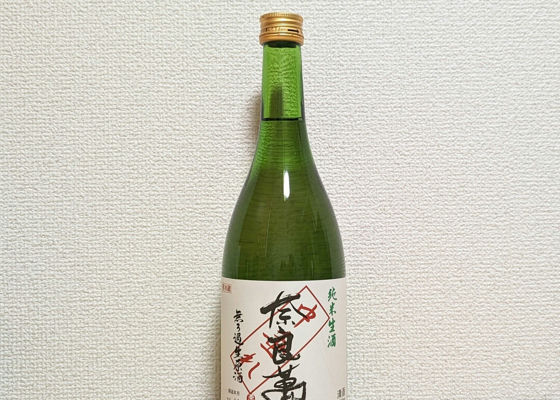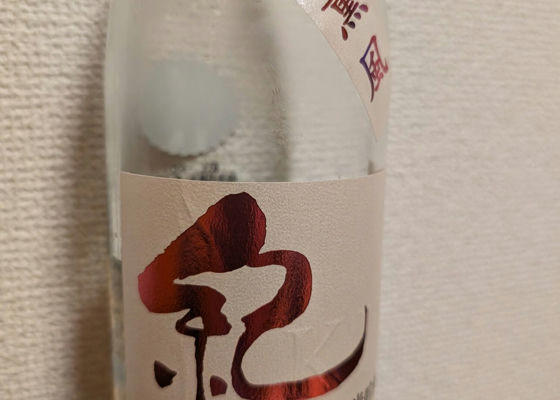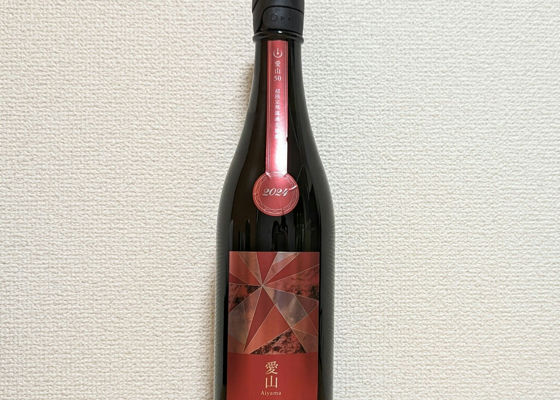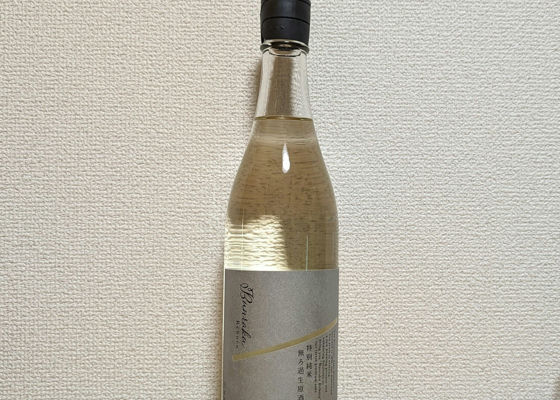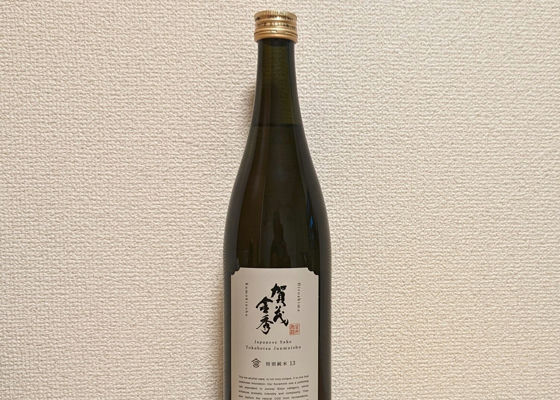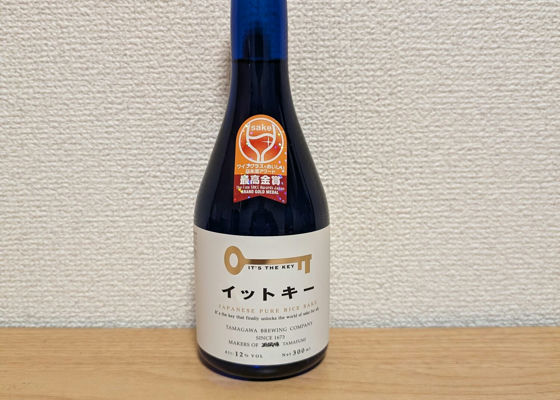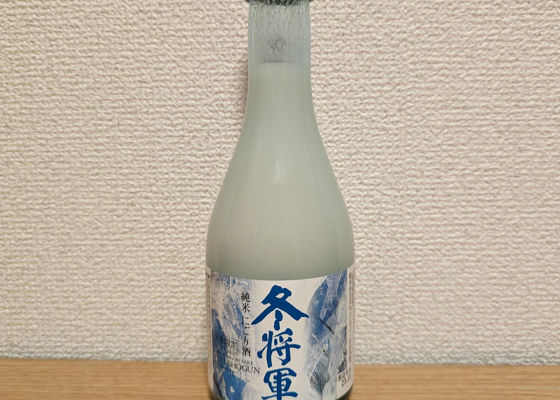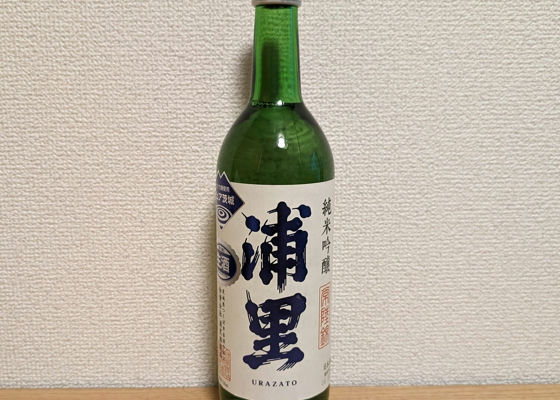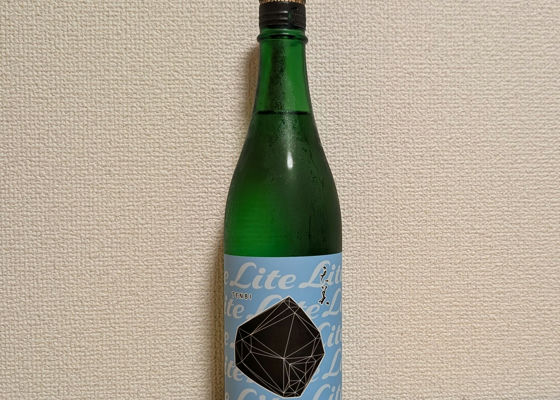
Sakenomimaster
One sip and you're like, "Oh, summer! The aroma is refreshing, reminiscent of muscat, banana, and rumminess, and the mouthfeel has a strong effervescence. The aroma is refreshing, reminiscent of muscat, banana, and rumney, and the mouthfeel has a strong effervescence that pops. The taste is based on Amami's typical sweetness, but is slightly dry and crisp.
Overall score: 72 points
Aroma: 4 points
Mouthfeel 4.5 points
Taste: 3 points
Aftertaste 3 points
Concept: 3.5 points
Since it is slightly dry, it goes well with slightly rich dishes, and the best matches are tempura and yakitori.
Japanese>English
